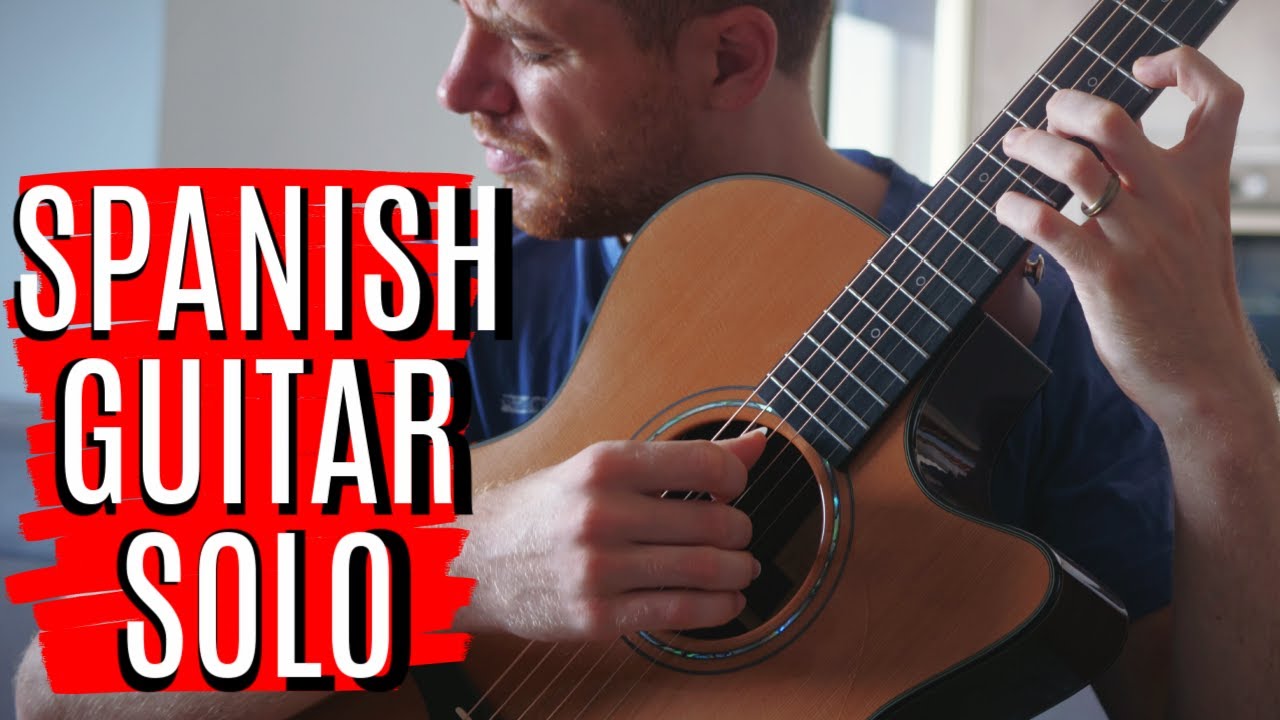Courses on Spanish Guitar Music: 8 Essential Techniques
Throughout history, a variety of musical instruments have come into being. Music has a long tradition of association with the human spirit, and amazing songs probably have a calming impact on our bodies and moods.
Since then, we’ve seen various guitars, varying from acoustic to electric, all of which serve a purpose and are commonly used worldwide. But how will you be able to explore more on this instrument? Well, most premium courses on Spanish guitar music have a big impact on guitarists who’d like to have thorough learnings on the Spanish guitar lessons.
But apart from that, let’s start with the techniques you’ll need for Spanish or flamenco guitar lessons and how it works for you.
1. Abanico
Apart from electric and classical guitar variants common worldwide, the Spanish or flamenco guitar is probably the well-known variant mostly on guitar, visual shape and playing style. So learning this first technique is essential for taking guitar courses.
Abanico is the right-hand triplet rasgueado technique, typically involving a short combination sequence of ma and p (middle, paddle, and ring together) on a guitar lesson.
Easy Steps:
- To begin, “ma” strums down together in a single, powerful motion.
- After that, a p downstroke is used.
- Lastly, perform a p upstroke.
2. Copla
This is the kind of flamenco guitar technique in which a complete harmonic phrase is frequently mentioned about the Sevillanas type. Moreover, also often repeated three times after the intro and Salida.
3. Escobilla
Escobillas seem to be the melodies on guitar chords technique that the performer and the audience love the most. These are melodic phrases widely used for more Spanish music and are often used in the Alegrias style.
In guitar lessons, the Alegrias rhythm pattern is one of the most well-known escobilla rhythm patterns. Frequently, the escobilla begins slowly and then quickly picks up speed. For traditional Spanish music, escobilla is commonly used.
4. Golpe
This kind of technique on the guitar lessons is a percussive effect achieved by tapping the guitar’s body above or below the strings. The middle or ring finger is commonly used to play for this.
Please note that Spanish guitars are typically played while sitting in the instrument leaning on one’s leg. A footstool is used to raise the leg – and the guitar – to a more comfortable height.
5. Llamada
This is where a Palo-specific one or two compás moment in which the compás is overtly proclaimed. To play Spanish or flamenco, guitarists use Llamadas to open and close the guitar chords and draw attention to a particular artist or the compás as a whole.
6. Picado
A Spanish guitar resembles a classical guitar in appearance but with thin peaks and fewer internal bracing. The strings are nylon rather than steel, as they are on some guitars.
This results in a slightly softer tone which this technique is useful as it requires rapid single-line scale and solos, which is the Picado technique most often played with the index I and middle (m) fingers.
7. Rasgueado
This one of the most peculiar guitar techniques to Spanish guitar playing is a quick strumming style characterized by outward flicks of the strumming fingers. This style aims to imitate flamenco dancers’ rapid foot-tapping rhythm.
Remember, you can learn flamenco guitar in many ways and for free if you’re willing to do so. There are guitar lessons online, video tutorials, and a course to learn guitar on your own or assist from a pro. Much more, tabs and sheet music are ways for you to understand Spanish or Flamenco music and how it’ll work.
8. Tremolo
In classical and Spanish guitar lessons, tremolo refers to the rapid succession of bass and treble lines. It gives the impression that the listener hears two instruments at once since the bass and treble sections have distinct sound characteristics that merge into one, and it is an art form in and of itself.
Few pointers on Spanish and Flamenco guitar
While the cords of a Spanish Flamenco guitar and an acoustic are tuned to a certain note, and their fretboards use the same notes, the way they are played is vastly different. However, there are extra tips you need to remember if you’d like to practice some Spanish-style flamenco guitar in the future.
Here are some, including:
- As a course, you can get a good Spanish guitar sound by playing your simple E major, D major, and A major open chord patterns.
- As a beginner, learn to strum the strings with the basic steps and simple guitar chords. Do a daily exercise on your finger and look for a free online video to learn Spanish music.
- Guitarists often use a capo to play and raise the pitch of the guitars.
Finally, when playing Spanish guitar, one must adhere to strict techniques which are given above. In reality, most students of Spanish guitar start to understand music first. Remember that Spanish or Flamenco Guitar is one such genre, which is less well-known but holds a significant position in the world of music.



